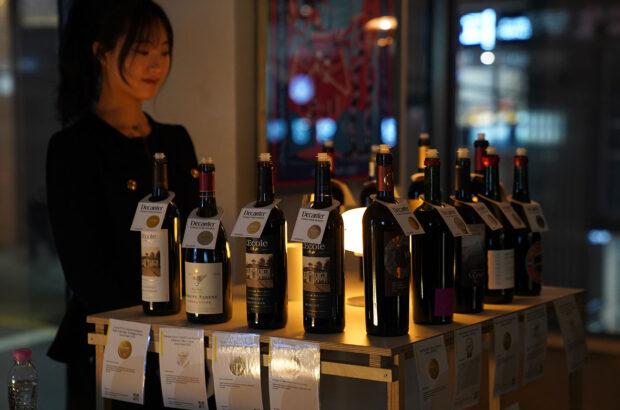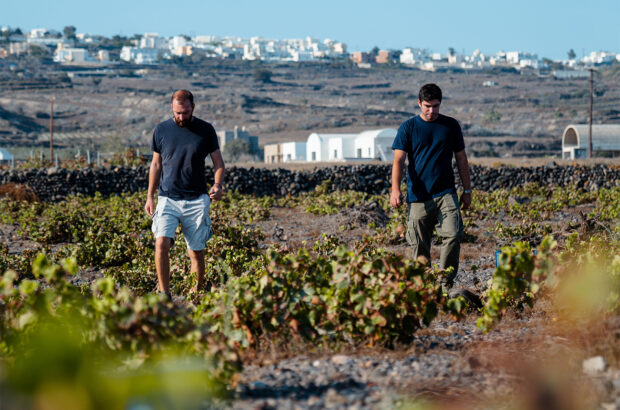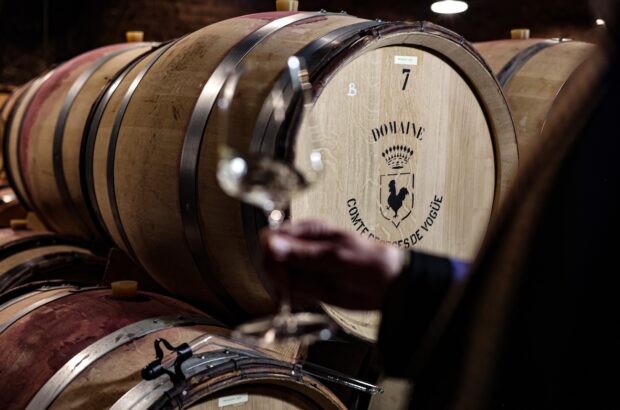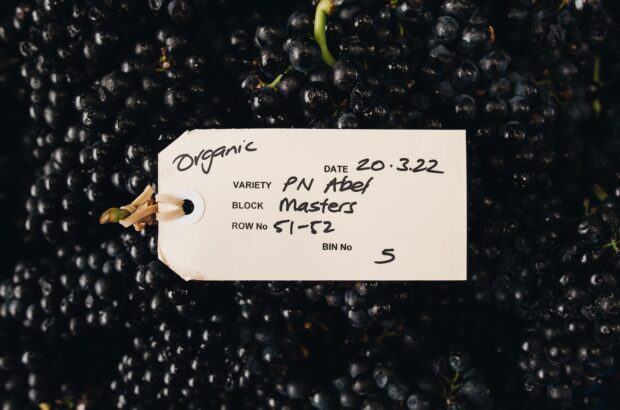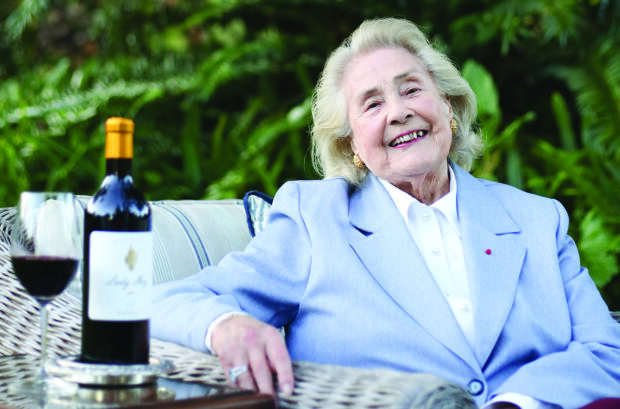And while I, myself, am partial to adjectives, the practice of old-fashioned numerical scoring is nevertheless alive and well.
For context: ‘Scoring is just a shorthand that tells you how good a critic thinks a wine is compared to its peers,’ explains Matt Walls, Decanter’s Rhône-oriented wine critic (and the Regional Chair for Rhône in the Decanter World Wine Awards). ‘For winemakers and [commercial] buyers, scores are a useful tool. For retailers and importers, they help market and sell wines. They’re useful for everyone along the whole supply chain, just in different ways.’
At a time when clear quality delineations in the wine world can feel a bit like the wild wild West, a reliance on clean benchmarks is meaningful.
I need not play devil’s advocate, however, to challenge the relevance of scores. Among a newer generation of drinkers and wine professionals, it would seem that scores are not just obsolete but tyrannical. They inspire rebellion, rage and deep ire. ‘They’re basically triggering,’ a local bartender wrote to me. ‘They’re this bourgeois exclusionary wine thing, and they’re outdated.’ In other words, they allude to vestiges of a wine world past, a denial of the industry’s more democratic, less esoteric future.
‘Does anyone actually give a shit?’ another friend asked. ‘When people ask me for high-scoring wines, it’s such a turn-off,’ a shop owner added. ‘It’s just a reductive sales tactic,’ one more friend offered. ‘And it gives critics a crazy amount of power.’
While there’s a variety of scoring methods, the 100-point range is the most common. And, to quote Mean Girls: ‘Math is the same in every country.’
Now, even the most prestigious of critics are aware that tasting wine requires subjectivity. And, when scores are published, they do come with far more verbose written descriptors. ‘Tasting notes are so important to me; they’re where the emotion and specificity come in. If you ask me, they’re the most essential part,’ says Michaela Morris, a critic who specialises in Italian wines (and the DWWA Regional Chair for Piedmont). ‘All critics have their own palates and biases. If we all scored the same, AI could do our jobs. That’s why the copy that comes with a score is so essential to making comparisons.’
Of course, in a perfect world, everyone would read the fine print in all contexts. But in this world, even CAPS LOCK print is easy to ignore. And for those disinterested in the oh-so-tiresome drudgery of reading, a score is worth a thousand words.
‘Scores are certainly an imperfect science, but they’re all we have,’ Morris continues. ‘If you’ve got another method, I’d love to know what it is.’ This is the crux of the dilemma.
We could do away with scoring in the hopes of directing folks towards more nuanced reviews. Then again, competitions and comparative analyses have been judged via numeral since time immemorial: restaurants and films are awarded stars, Olympic ice skaters earn scores and Dancing With the Stars contestants are assessed by number. How else do we indicate superiority?
‘Little tasting notes written by wine shop employees are where it’s at,’ one sommelier DMed me in response to my score query. ‘No better way to parse through a shelf of bottles.’
I’m inclined to agree. As I see it, the ‘perfect science’ involves a catalogue of deeply subjective three-sentence descriptors from anyone who has had an individual experience with a given wine: quick and dirty notes on how something drinks, what it’s reminiscent of. Or perhaps, instead, there’s a Rotten Tomatoes (online review site) approach to be considered, whereby grading is placed in the hands of the many rather than the select holy few. Maybe none of these options provides a solution.
For me, however, it boils down simply. Imagine my Decanter editor says, ‘Here’s a wine I’ve awarded 98 points to – and here’s another that I’m certain will delight you’. Take a guess as to which I’d choose.
In my glass this month
Maintaining a unique affection for Champagne is hardly niche. In fact, I would argue it’s profoundly uncool. Nonetheless, it’s true. Perhaps it’s an allergic reaction to the general malaise that comes with being alive in the year 2025 – but, for me, few things make nothing-ness into something-ness quite like a glass of Champagne. At the moment, I’m delighted by this (very affordable) natural, sulphite-free grower Blanc de Chardonnay Extra Brut from Champagne Chavost (£48.50 Turville Valley; US$73 Leon & Son).





